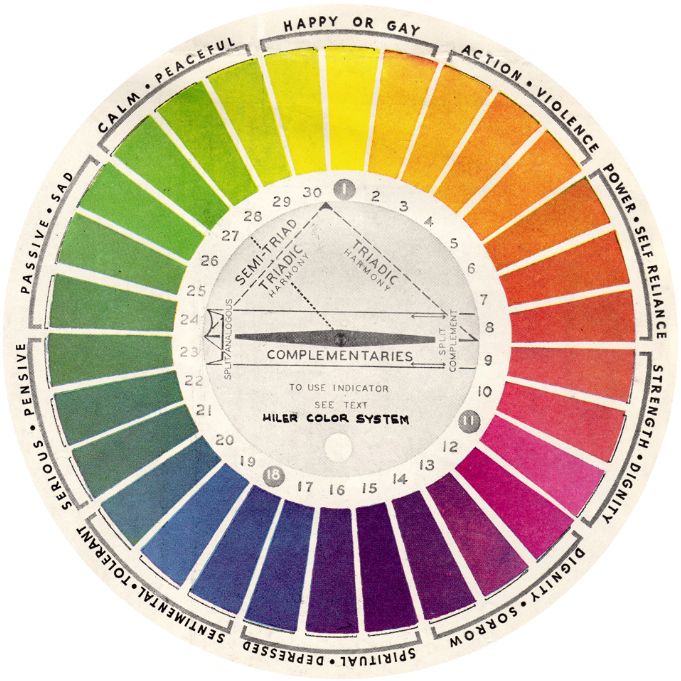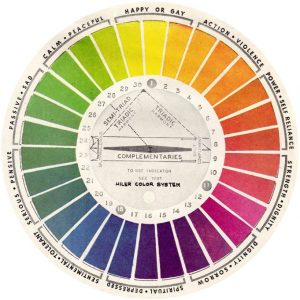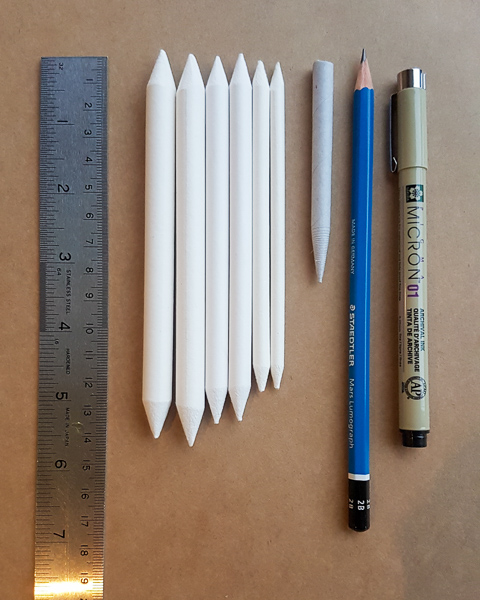The Zentangle Method is about reducing the decision making to make it easier to flow, and therefore ‘relax’ as you are drawing. Concentrating your focus on one elemental line, where it is going, here and now, not worrying about the outcome or the bigger picture.
However, one thing starts to come up, people love a little colour in their life – and in their tangling. So once you have got confident with some tangles, have mastered some shading techniques, and are happy using tangling as a relaxing tool, the next stage is often that you want to add a little colour to them.. Maybe you want to decorate a gift tag or make a card, something with an end product in mind, and up comes the idea of adding colour…
When I am teaching about adding colour to tangles, I will often say to stick to the method, but there are certain tools which I would say are helpful to tanglers who want to add some colour easily.
For beginners, If you are not so confident with adding colour, or this is your first foray into adding it, I would recommend buying yourself a set of watercolour pencils (a set of 12 is plenty) this means you can add lots of depth of colour by applying a little colour with a ‘dry’ pencil and then using a fine brush with some water to ‘blend’ out the colour. An easy method to play with, treating your brush as if it’s the tortillon. If you then add the coloured pencil to a ‘wet’ surface it acts more like paint/ ink, so you can get a deeper colour. (Bonus the archival ink pens won’t bleed with the water.)
If you are blending and using colour with normal coloured pencils you will find they are near impossible to blend with a tortillon or a stump, even high waxy content ones, as neither of these paper based products is an ideal tool for the hard pigment/ wax/ binding agent or additives they contain. So instead I recommend using a colourless blending pencil for normal coloured pencils, you can also use a white – but note if working with dark shades, it will (obviously) lighten them a wee bit..
However if using a chalk or soft pastel coloured pencil (they are powdery and are made of pure mineral pigments,) you can blend with a tortillon or a stump. The issue here is often having lots of different blending tortillons or stumps for each colour, so you spend your time constantly changing, or mixing your colours on the tool. (Why often I have a collection of purple ones). So keep these tortillons like a set of coloured pencils. Note – the finished art will need a fixative.
Using coloured gelly pens, this can be pretty effective at adding highlights, and they work brilliantly on black and coloured tiles. The Gelly pen Metallic or Moonlight ranges from Sakura are perfect for this with their vivid colours and white. Reduce your decision making by limiting your colours, you only need a few to be very effective.. Or use these gelly rolls instead of your black pen.
Paper washes, if you want to have all the colour in your prep – then use some inks or watercolours to preload the colour on your tile before you even start to tangle – you can use the different colours as if they were your string. – Yup, keep to the method as much as you can to make it easier for yourself. There are lots of ways to do paper washes, but I think that’s for another post..
And of course, you can always be bold and treat your colouring of your tangling like a colouring book – but this time you aren’t colouring in between someone else’s lines – they are all your own!



